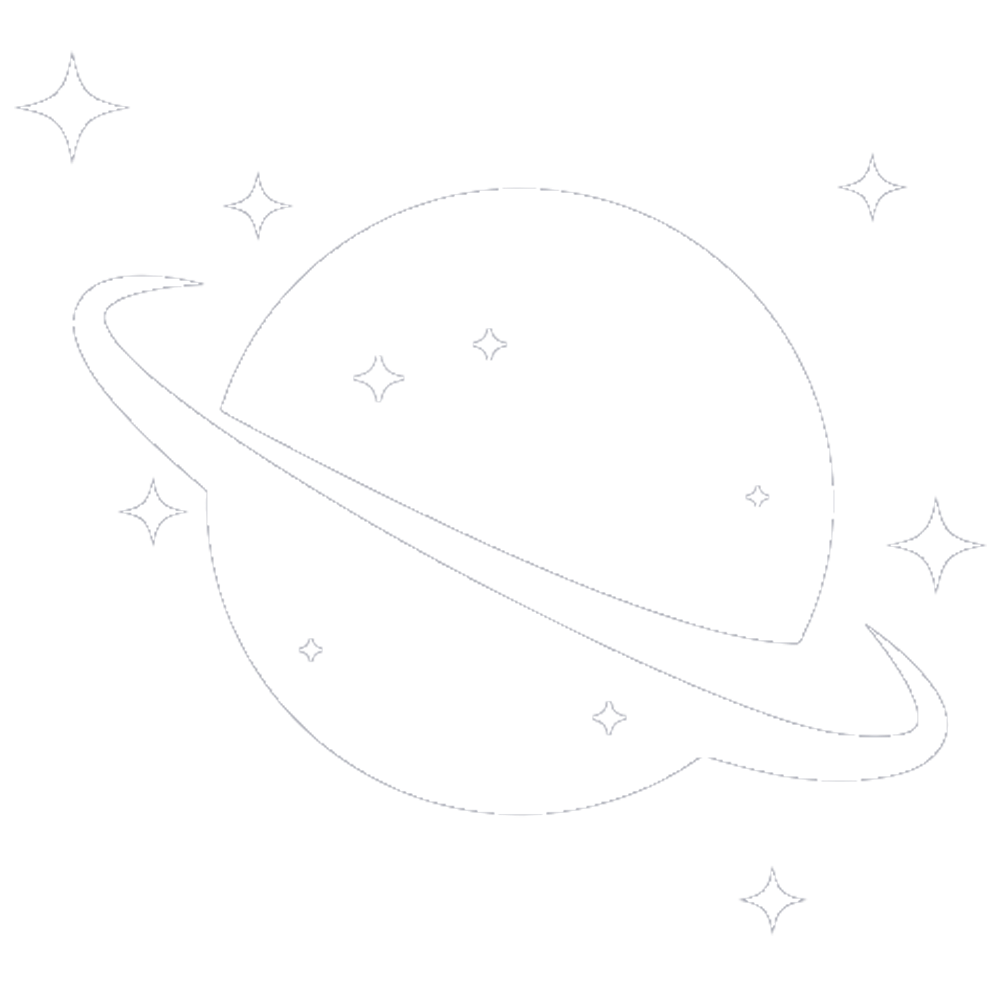What is the Dark Web and What Are Its Dangers?
The Dark Web is a part of the internet that is not indexed by traditional search engines and requires special software, like Tor, to access. While it can provide anonymity for privacy-conscious users, it is also known for hosting illegal activities and cyber threats.
Structure of the Internet
- Surface Web: Websites indexed by search engines (Google, Bing).
- Deep Web: Private databases, academic resources, subscription content—not indexed, but mostly legal.
- Dark Web: Hidden networks requiring special software, often associated with illicit activities.
What Happens on the Dark Web?
- Illegal marketplaces for drugs, weapons, stolen data, or counterfeit documents.
- Forums for hackers, scammers, and cybercriminals.
- Distribution of malware, ransomware, or hacking tools.
- Anonymous communication and whistleblowing platforms (some legal uses).
Dangers of the Dark Web
- Cybercrime Risk: High chance of encountering scams, malware, or phishing.
- Legal Risk: Accessing or buying illegal goods/services can result in criminal charges.
- Identity Theft: Stolen personal data and credentials are frequently sold.
- Exposure to Disturbing Content: Violent or illegal content can be encountered unintentionally.
Safety Measures and Awareness
- Avoid accessing the dark web unless absolutely necessary and legal.
- Never share personal information or download unknown files.
- Use security tools (VPNs, updated antivirus) if research requires accessing dark web resources.
- Educate yourself about safe digital practices and legal boundaries.
Key Takeaway
The Dark Web offers anonymity, but it is fraught with dangers including cybercrime, identity theft, and legal risks. Awareness and caution are essential to stay safe.

